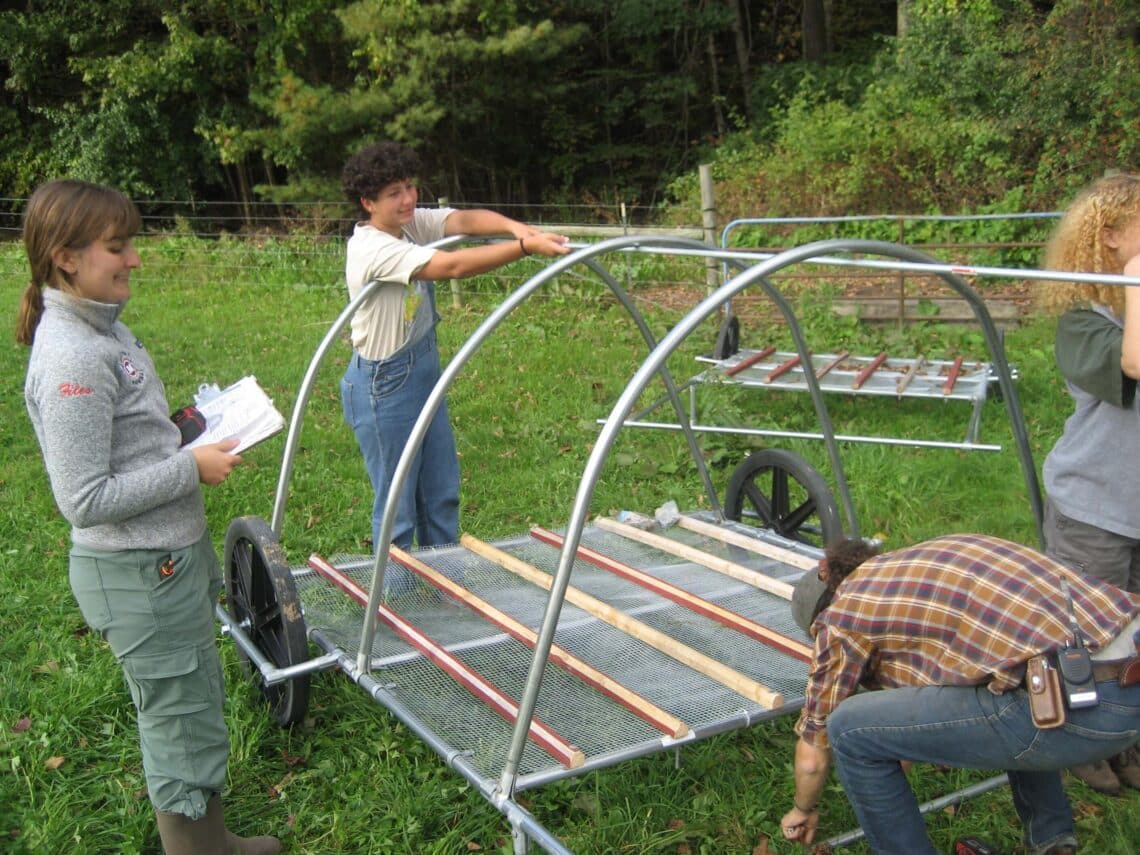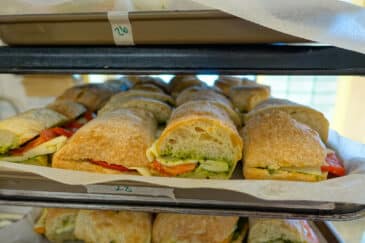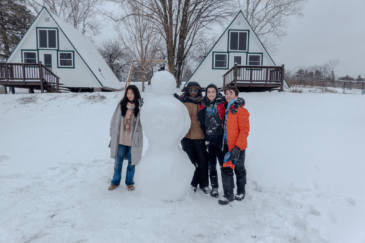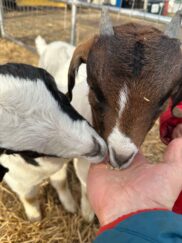Reflections on Hope
March 5, 2024
3 min read

In the Gap program, when we contemplate the concept of sustainability and what that means for our collective futures, it can be easy to focus on the challenges. Many of the young adults who come to Gap at Glen Brook arrive with big questions about the world and their own lives, like “How can I live a life that respects and cares for the natural world and other humans?” “How can I make a difference?” and “Does any of this even matter?” I always love hearing those deep questions, even when they are spoken from a place of worry, because they’re right on track developmentally for our age group. Teens and young adults need to be asking those questions, both to guide their own life paths and also to keep the rest of us in check! In many ways, we as Gap program staff are still asking those questions too in our own lives, and it’s invigorating, exciting, and inspiring to be surrounded by deep thinking young people.
But how do we answer? I think I’ve come to realize that the quest for the answer is much more important than the answer itself. During the last fall semester, we spent some time with Andrew Boyd’s wonderful book I Want A Better Catastrophe, which explores concepts of hope, action, humor, and and grief in the face of climate change. Boyd’s idea of “grounded” or “active” hope was helpful to our Gapper cohort. We spent a long evening in the Apex discussing what hope means, surrounding ourselves with poster paper and diagrams as we dug into these ideas. And what we landed on is that we don’t hope because we’re certain of success; we don’t hope out of naivete or Pollyannaish optimism; instead, we hope because the hope itself is worth it.
What that means at Gap is that we learn skills that bring us and our little community joy, like handcrafts, gardening, cooking, and backcountry travel. We continue connecting deeply with the natural world even when climate change turns the weather upside-down. We make plans for the future, even when the future feels uncertain. We bring produce to the food pantry, and learn about movements in our own backyard that encourage economic and ecological sustainability (Harrisville Designs and The Caterpillar Lab, anyone?). We discover the ways our own small lives can reduce carbon emissions (solar panels!), increase soil health (no-till agriculture!), or just bring one another happiness (dance parties!). Importantly, we also acknowledge our grief as a part of our hope through reflective practices and group discussions.
As environmental philosopher and activist Joanna Macy, whose work we also explore during Gap, wrote: “Active Hope is a practice. Like tai chi or gardening, it is something we do rather than have.”



